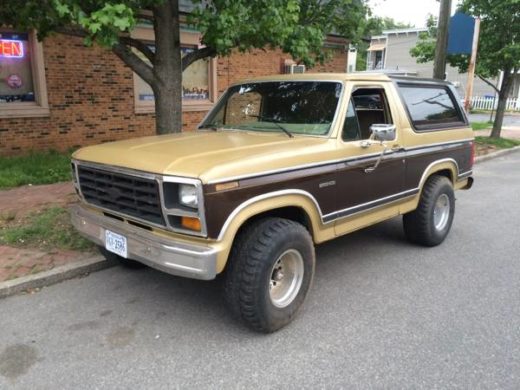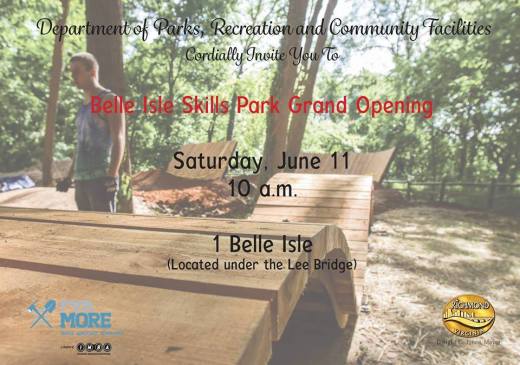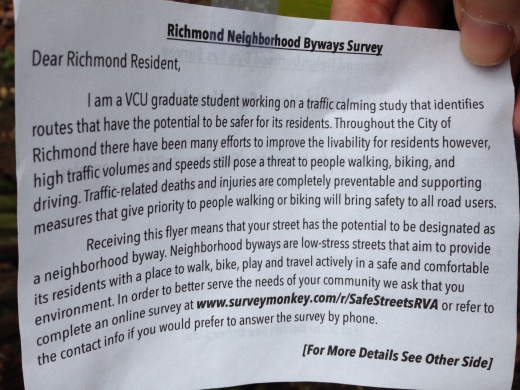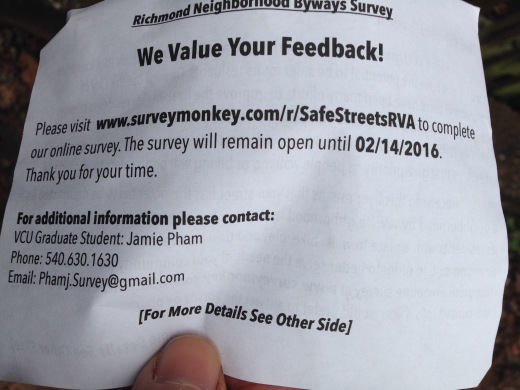On February 8, 2016, Richmond City Council faced a historic decision on whether to approve the City administration’s BRT (Bus Rapid Transit) proposal for Broad Street. Council members were under a lot of pressure to do so. The corporate and development ‘community’ was pulling out all the stops to make this happen. They enlisted the help of an ‘anti-poverty’ campaign, the Partnership for Smarter Growth (PSG), and ‘young professionals’ to create a slick ‘astro-turf’ or ‘grass-top’ combo that declared BRT the first step towards better mass transit in RVA. Having won state and federal funding, buttressed by promises of hundreds of millions in ‘economic development’, the corporate and developers got the media to portray the GRTC BRT ‘Pulse’ proposal as inevitable, unquestionable, and unstoppable. To top it off, with a few favors pulled, even the Governor issued an unbecoming threat to take money away if BRT was not approved immediately.
In opposition to this speeding vehicle, a plucky and unique coalition of small business owners, neighborhood associations, N.A.A.C.P. activists, and citizens quickly formed to try to head off ‘the Pulse’. This group included members of City Council’s own GRTC Task Force who had resisted previous attempts to strong-arm endorsement of the BRT ‘Pulse’ proposal. The local N.A.A.C.P. expressed its concerns that the current BRT proposal was excluding current GRTC ridership and black East End communities. The local ‘PTB’ (Powers That Be) were furious with this grassroots group, which called itself the RVA Coalition for Smart Transit, and got the local media to wrongly cast them as being anti-progressive/NIMBY, selfish, and solely concerned about parking. Unshaken, the coalition answered back with strong questions about faulty ‘Pulse’ studies, misleading cost estimates, and lack of longterm financing. They reiterated their support for SMART mass transit and suggested an alternative plan. They pleaded with City Council to NOT make a hasty decision, to consider that the real deadline was not till September, and vote for a delay in approval.
To make a long story short, City Council surprised everyone that February night by agreeing to delay the BRT approval vote until August. How did this happen? One Councilperson listened and recognized the concerns of citizens. This Councilperson was part of a younger subset on Council that was tired of the Mayor’s administration’s incomplete and rushed projects. This Councilperson, who planned to eventually announce and run for Mayor, wanted distance from disastrous, wasteful, ill-planned proposals like the Shockoe baseball stadium and Redskins training camp. This Councilperson wanted to establish a new standard of leadership. This Councilperson followed the money arguments and made conclusions with individual attention. This Councilperson was then able to convey those conclusions and convince just enough colleagues to win the delay.
The immediate result was gnashing of teeth by ‘Pulse’ supporters. The anti-poverty campaign and PSG moaned about how mass transit was now doomed. The prominent family that owned the new downtown boutique hotel was visibly upset- one might say miffed even. The family’s patriarch threw a temper tantrum in the lobby of City Council chambers. Corporate special interest group Venture Richmond ‘leaked’ a memo to the media that questioned City Council’s ability to govern. The Mayor retreated to his church and and then to his vacation condo in Palm Beach. The Governor reiterated his bullying threat (but did not act on it). Henrico County officials publicly doubted their future support of BRT and GRTC in general.
But that, my friends, is far from the end of the story. As more days followed the Council vote, new, independent studies started coming out, ones that showed not only flawed projections, but also ways to make better BRT decisions. On top of that, new Federal data reports became known, which showed several missed checklists for ’the Pulse’ and revealed that the City was in danger of future lawsuits if it did not adjust its planning. A month after the vote, City Council was celebrated as a ‘check and balance’ that had adverted disaster. Buoyed by the new information as well as building on GRTC rerouting efforts, a contingency plan emerged from the depths of GRTC, one that had previously been buried, one that was more City-centric, and scaled back the BRT line and instead favored more of a circulator project. This high frequency circulator would touch on Carytown, museums, and Boulevard development to the west on one portion, and touch on Fulton, Church Hill, to the east on another portion. It’s east-west orientation reminded many Richmonders of the old trolley lines and gained favor. The new GRTC circulator plan, while continuing BRT elements, included other possibilities as well- offshoots that could better serve portions of Southside and further Northside, seasonal routes that would connect riders with the riverfront and festival areas.
And that is when suddenly the pent-up interest in mass transit surged. VCU President Dr. Rao, recognizing a sea change, and cognizant of VCU’s role as Richmond’s biggest employer and obviously largest entity on the Broad Street footprint, went to the VCU Board of Visitors with a rewrite of his previously tepid and weak support letter of the BRT project. In the new letter, he made a commitment to Richmond mass transit, BRT and/or circulator. He got the VCU Real Estate Foundation to consider what it could do in terms of land donation and financing support. Dr. Rao announced a real phase out of the private Groom Transportation shuttles and new cooperation with GRTC- as long as planners made a real effort to sit down with VCU planners. Furthermore, University of Richmond President Crutcher declared that U of R would use a small portion of its humungous endowment to double down on its investment in downtown. It would also commit to end its own private Groom Transportation contract and help financially support the GRTC circulator project along with a large increase in the route 6 connection to U of R. Virginia Union University, not to be left out, made its own commitment to utilize and support GRTC. With these new stakeholders coming on board, the longterm financing and ridership outlook for the BRT/circulator was more assured and Richmond taxpayers breathed sighs of relief.
But that’s not all…with more university students and City residents looking forward and excited by the new, reformed proposal, a new optimism and can-do attitude infected not just the City, but the RVA region. GRTC buses noticed new ridership, while building on old ridership. Small businesses wanted to work more with GRTC. Within a year of the vote, the N.A.A.C.P., ecstatic about new, permanent attention to East End mass transit, acknowledged a subtle but real positive change in race relations. Henrico County officials had a change of heart and suggested more, not less, investment in GRTC, as well as redoubled efforts for better bike/pedestrian infrastructure, and not just on the Broad Street corridor either. Perhaps more importantly, Henrico officials agreed to create an express GRTC shuttle from downtown Richmond to RIC airport, as well as a shuttle to Staples Mill Amtrak train station. Suddenly other regional cooperation became tangible (including a Boulevard ballpark and possibly another Amtrak station). Federal matching transportation funds became more possible. High speed rail dreams once again looked closer to becoming reality for the River City.
And the story just keeps going, because what really happened the night of February 8 was not just a sorely needed delay in a lackluster corporate developer-led plan masked in ‘feel good’, half-baked BRT, it was a signal, a real bleat of pulse, if you will, that Richmond’s government, for and by the citizens, was not dead. The Councilperson, the one that took the risk of going against the astro-turf, supposedly unstoppable, corporate campaign for the current BRT proposal, challenged the Mayor and Governor’s bullying, showed that wise leadership was still possible from City Council. That there was fiscal responsibility and care for taxpayers’ money. This Councilperson demonstrated that sincere support for BRT/better mass transit transcended the current proposal, that the haste was manufactured and totally unnecessary, and saw that better information, fiscal diligence, and more stakeholder involvement made all the difference. This Councilperson was later elected Mayor, and was loved by the citizens. This Councilperson made a lasting legacy. This Councilperson kept it real.





